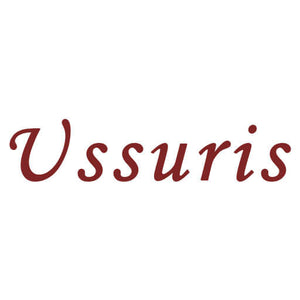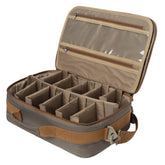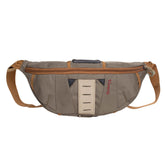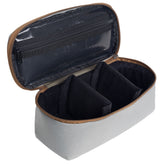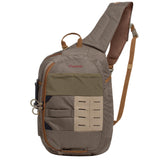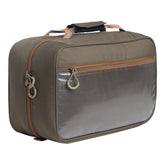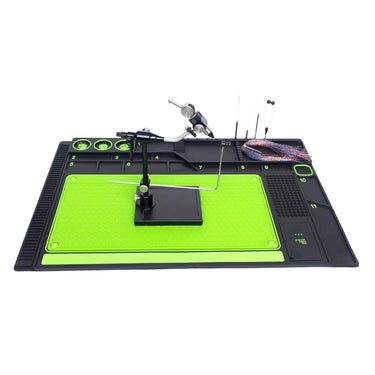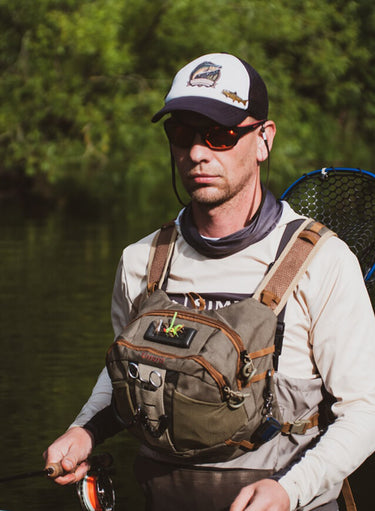Flies: The Essential Guide to Choosing the Best Fly Fishing Kit and Premium Fly Tying Starter Kits
When it comes to fly fishing, having the right equipment can significantly enhance my experience on the water. A well-curated fly fishing kit tailored for trout can make all the difference, from selecting the perfect flies to mastering the art of fly tying. I’ve explored various options, and understanding these essential components has truly transformed my approach to this rewarding sport.

In my journey, I've discovered that a premium flies kit offers not only variety but also quality, ensuring I’m prepared for different fishing conditions. A fly tying starter kit is equally important, as it allows me to create custom flies that mimic local insects, adding a personal touch to my tackle box. The thrill of fly fishing lies not just in the catch, but in the craft and preparation that goes into it.
As I continue to fine-tune my skills, I appreciate the importance of investing in the best fly fishing kit I can find. Each kit I’ve used has taught me valuable lessons about what works for my style and the waters I fish. Engaging in fly tying has not only expanded my arsenal but also my appreciation for the intricate relationship between the angler and nature.
Understanding Fly Tying

Fly tying is a fundamental skill for any fly fisher. It allows me to create customized flies that mimic the natural food sources of trout and other fish. Proper techniques and materials are key to producing effective flies.
Fundamentals of Fly Tying
In fly tying, the process begins with selecting the appropriate hook for the fly pattern I wish to create. Hook size and shape are critical as they affect the presentation in the water.
I wrap thread around the hook to build the body, securing materials in place. The layer of thread serves as both a foundation and a securing mechanism for additional components.
I also focus on using different techniques like dubbing and winding. These techniques influence the fly's mobility and appearance, making it more appealing to fish. Each component I add plays a role in balancing aesthetics and function.
Selecting the Right Materials
Choosing the right materials is crucial in effective fly tying. I consider the following key components: hooks, hackle, dubbing, and tailing materials.
Hooks come in various styles and sizes depending on the fly type. For example, dry flies often require a different hook shape than nymphs. Hackle adds movement and color, and an appropriate selection can enhance a fly's attractiveness.
Dubbing materials vary, including natural and synthetic fibers, impacting the fly's buoyancy and texture. For tails, I prefer materials that mimic a fish's natural prey.
I ensure all materials coordinate with the fly type I intend to create, maximizing its effectiveness in the water.
Essential Fly Tying Tools
A well-equipped fly tying workspace includes several essential tools. The fly tying vise is fundamental; it securely holds the hook while I work on it.
Another important tool is the bobbin, which dispenses thread evenly. It allows me to apply precise tension when securing materials.
I also utilize a bodkin, which is a pointed tool for applying head cement or separating thread wraps.
The hackle plier helps in handling the delicate feathers while wrapping them. A good selection of these tools makes the fly tying process more efficient and enjoyable.
Fly Tying Kits for Beginners and Enthusiasts
When exploring fly tying kits, I find it's essential to consider both starter kits and premium options tailored for serious fly tyers. Each option serves distinct needs, ensuring all skill levels can find the right tools.
Starter Kits for New Fly Tyers
Starter kits offer an excellent introduction to fly tying. My experience shows that these kits typically include essential tools such as a vise, scissors, and bobbins, all necessary for beginners.
Many kits also provide materials for creating basic flies, enabling new tyers to practice without a significant investment. Common items included in starter kits are:
- Vise: To hold the hook firmly.
- Scissors: For cutting materials.
- Bobbin holder: To manage thread tension.
These kits often focus on durability and functionality while being priced affordably, which is crucial for those just beginning their tying journey.
Orvis Premium Fly-Tying Kit Overview
The Orvis Premium Fly-Tying Kit is a standout option for those ready to invest a bit more. My assessment of this kit reveals it comes equipped with high-quality tools and materials.
Key features include:
- Sturdy vise: Offers excellent stability.
- Comprehensive toolset: Includes cutting tools and other essential instruments.
- Diverse materials: Suitable for a wide range of fly patterns.
While it comes at a higher price, the benefits of durability and superior performance justify the investment for serious enthusiasts. This kit enables greater versatility, allowing me to experiment with advanced techniques.
Economy vs. Premium Fly Tying Kits
When choosing between economy and premium fly tying kits, I often weigh my specific needs against budget constraints. Economy kits are budget-friendly and typically include basic tools. These are excellent for beginners but may not have the longevity of premium kits.
In contrast, premium kits provide enhanced durability and a wider array of tools and materials. They are ideal for more experienced or dedicated fly tyers who anticipate consistent use.
I recommend considering factors like:
- Frequency of use: How often do I plan to tie flies?
- Budget: What am I willing to invest upfront?
Making a decision based on these elements can lead to a more satisfying tying experience, regardless of which kit I choose.
Choosing Your Flies and Fly Fishing Kits
Selecting the right flies and fishing kits is crucial for a successful outing. Understanding the nuances of various kits helps in tailoring your fishing experience for optimal results.
Assessing Trout Flies Kits
When evaluating a trout flies kit, I focus on the variety and quality of the flies included. A comprehensive kit should feature a selection of fly patterns that imitate various insects and aquatic life to match different fishing conditions.
For instance, I often look for patterns like Woolly Buggers, Hoppers, and Caddis Larvae. These patterns are versatile and proven effective across many water bodies. Brands like Hareline offer quality materials that enhance the life of each fly, making them an excellent choice.
Additionally, I consider the size and color of the flies. Using a mix of sizes ensures I'm prepared for any hatch. Kits that allow customizations—like adding specific nymphs or dry flies—are advantageous for targeting specific trout behavior.
The Best Fly Fishing Kits on the Market
Choosing the best fly fishing kit depends on my skill level and fishing habits. For beginners, a fly tying starter kit is often an ideal choice. These kits typically come with essential tools and materials, enabling me to create customized flies while learning the basics.
For seasoned anglers, premium flies kits offer high-quality flies designed for performance. They usually include curated selections that are effective in various environments, enhancing my fishing experience. It's important to ensure that kits contain a range of patterns suited for different conditions.
Price is also a factor. Some kits might feature lower-quality materials at a cheaper cost, while investing in a more premium kit can yield better results. My approach is to balance quality with my fishing needs to maximize my success on the water.
